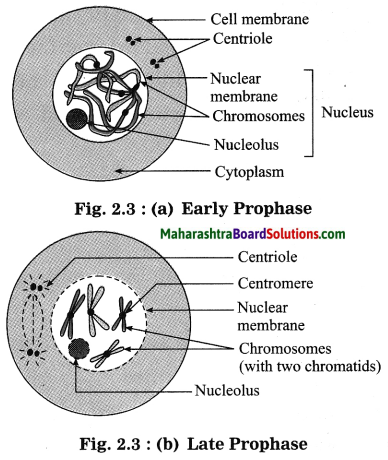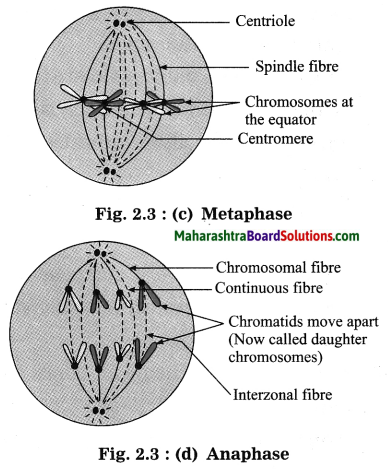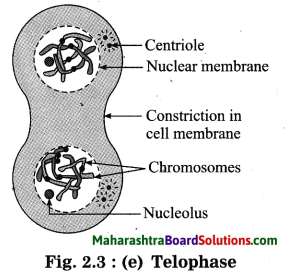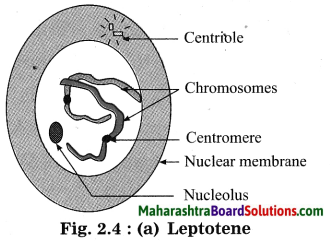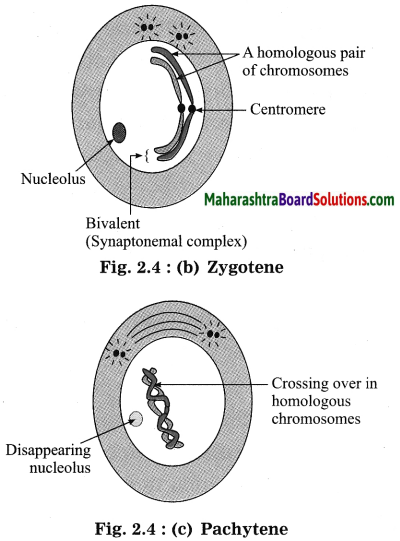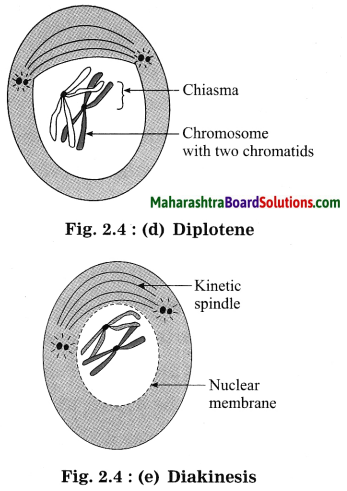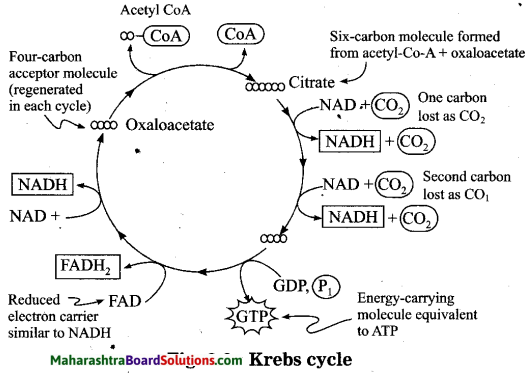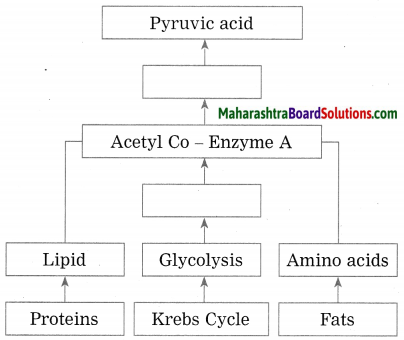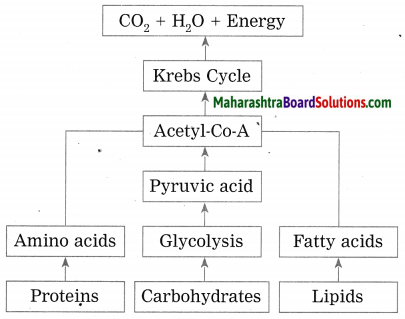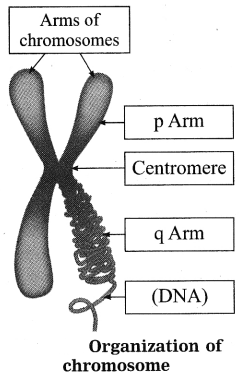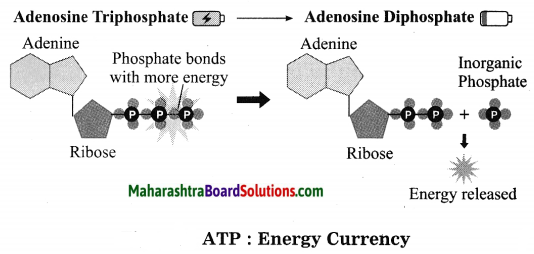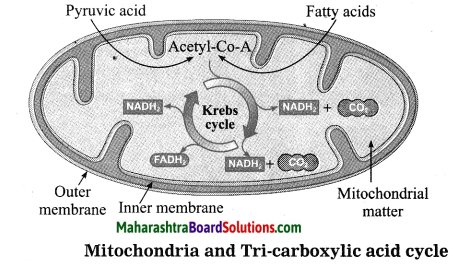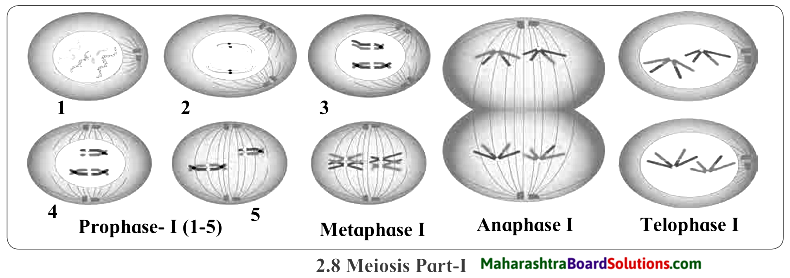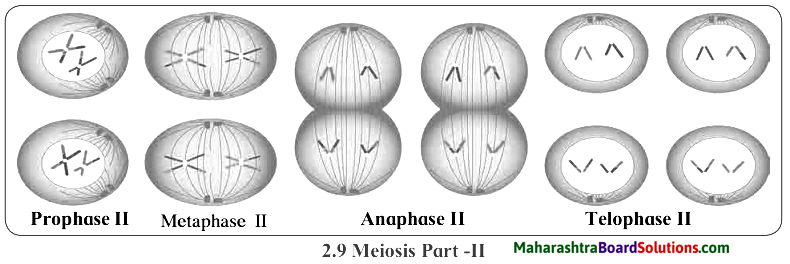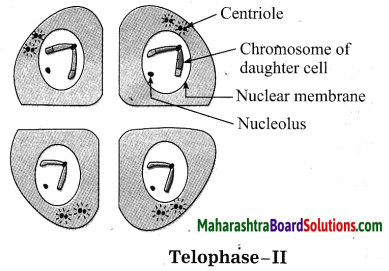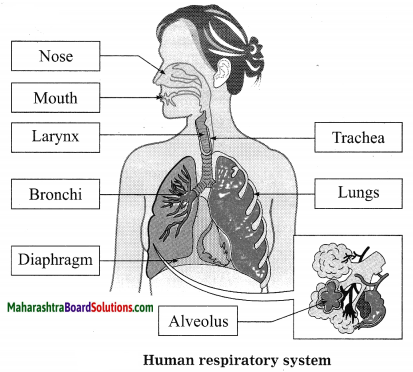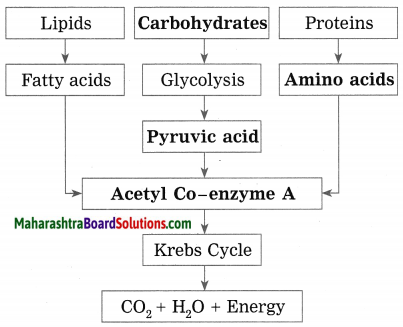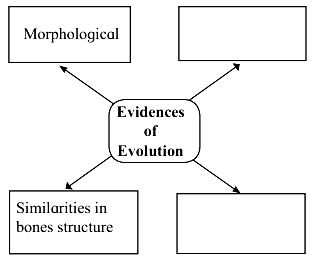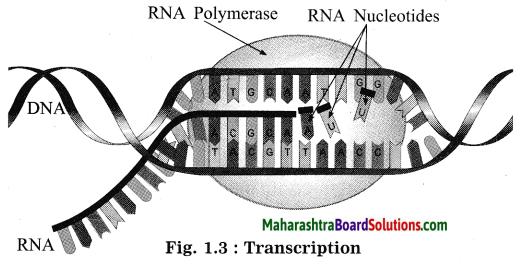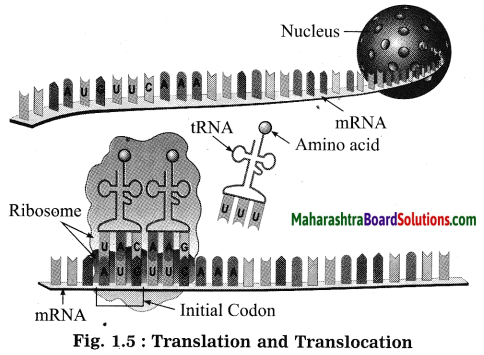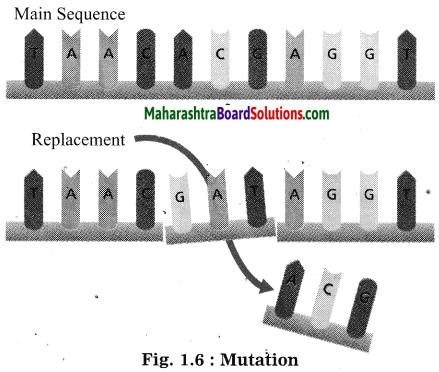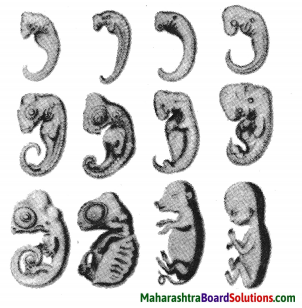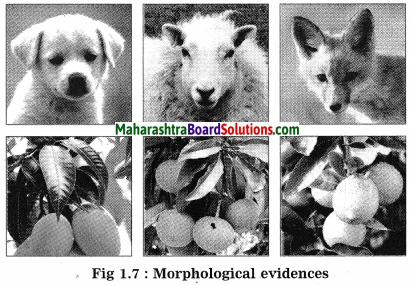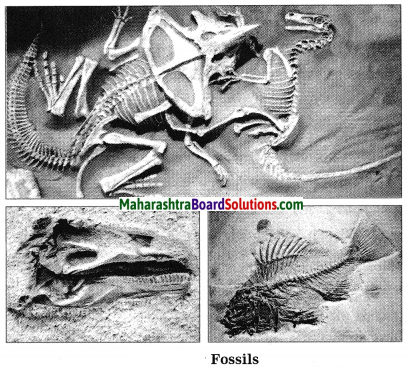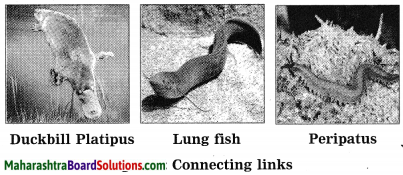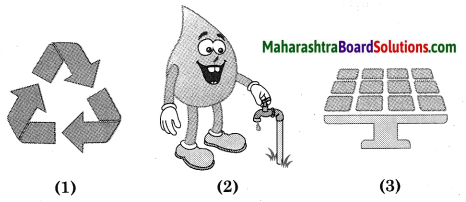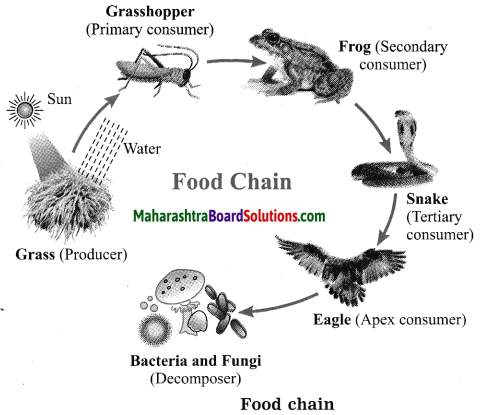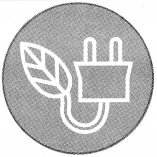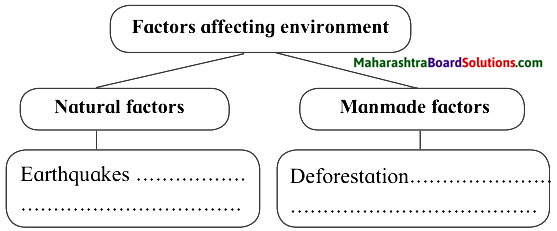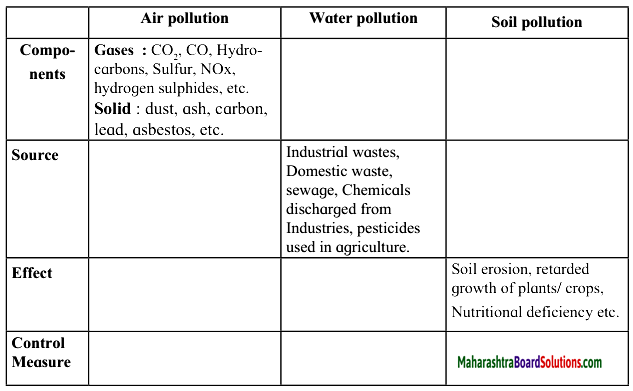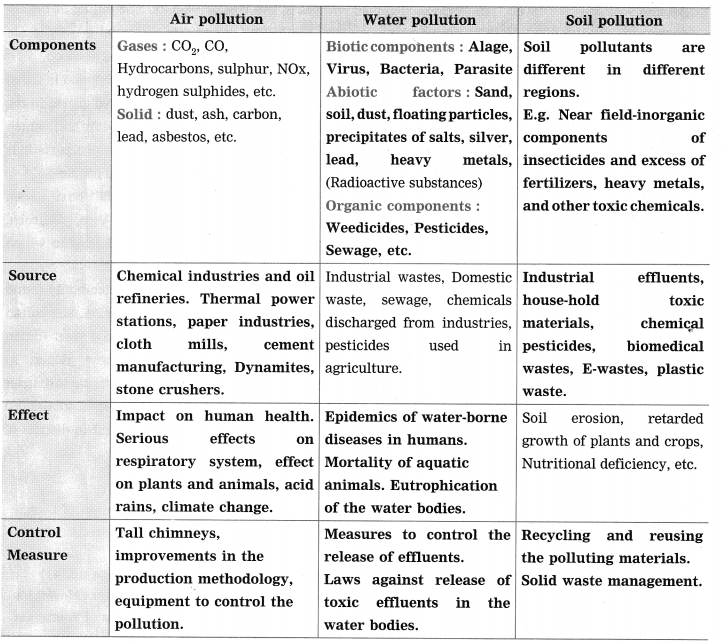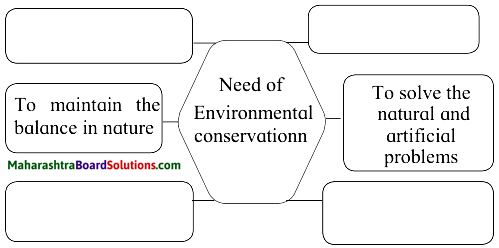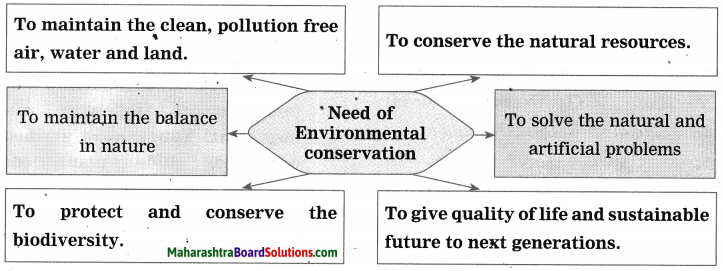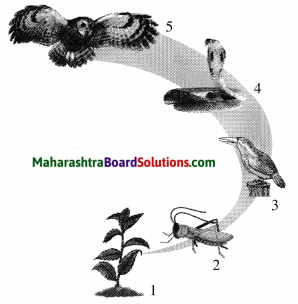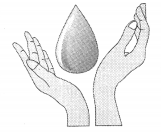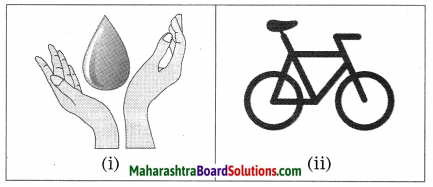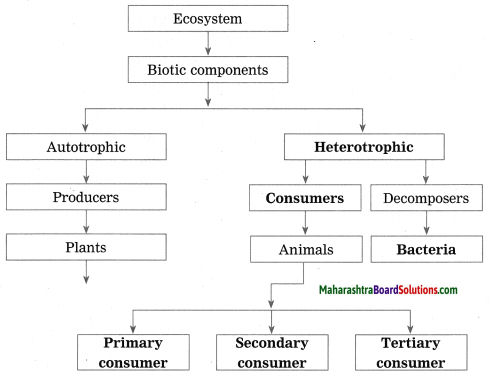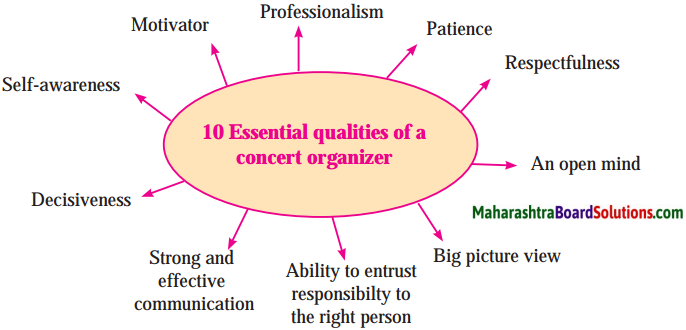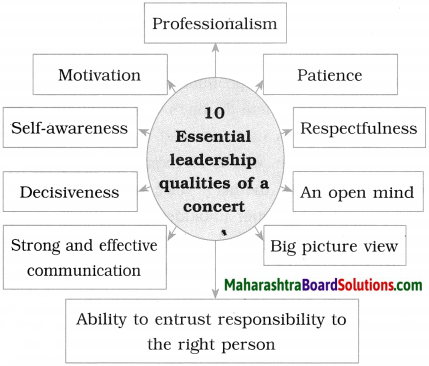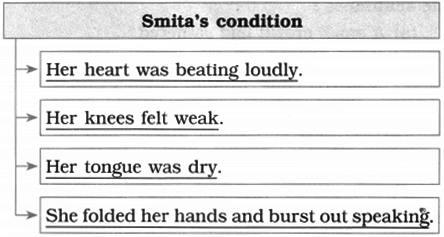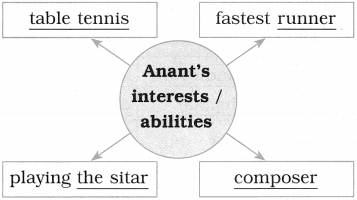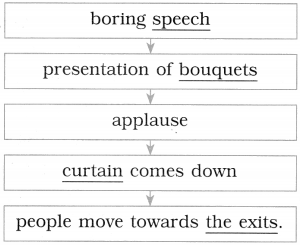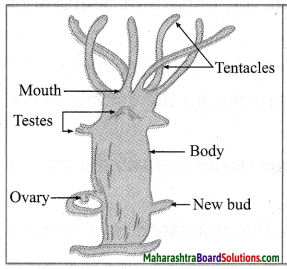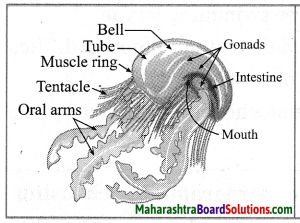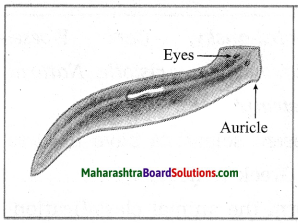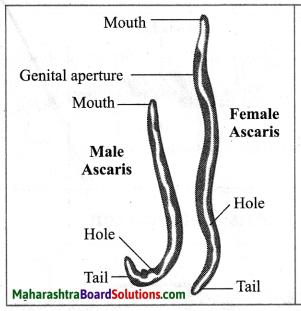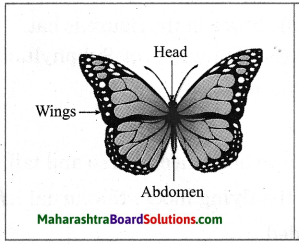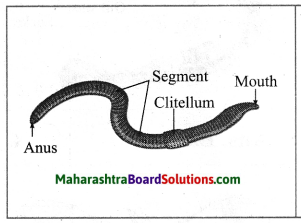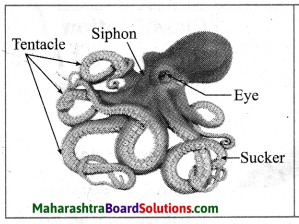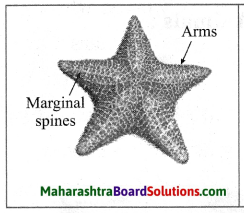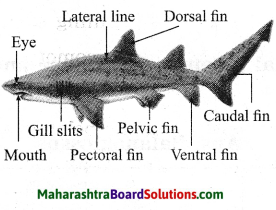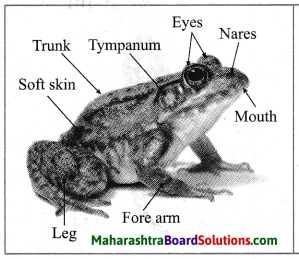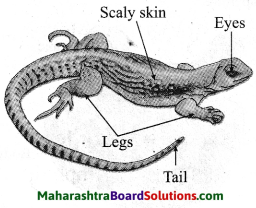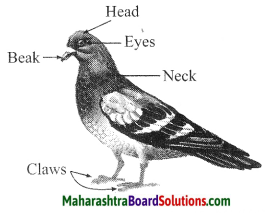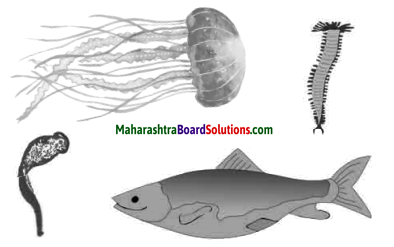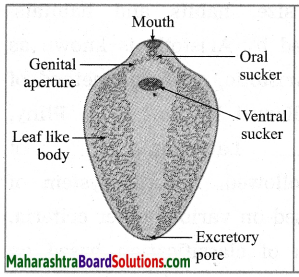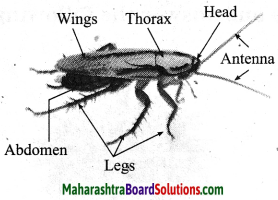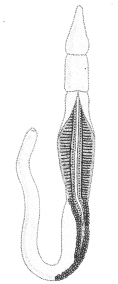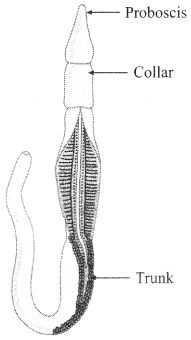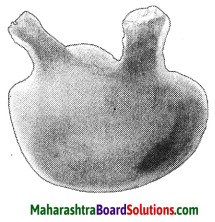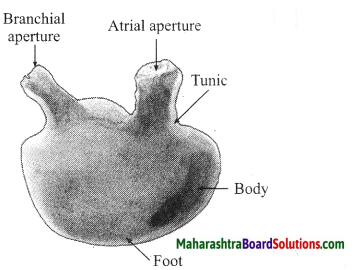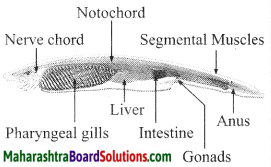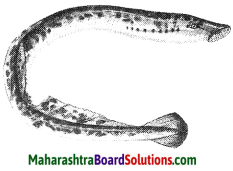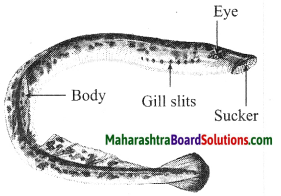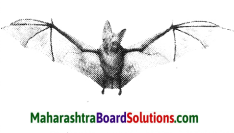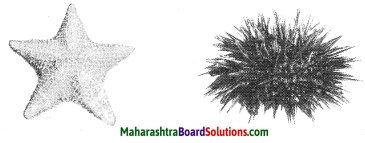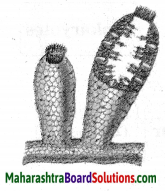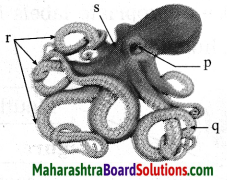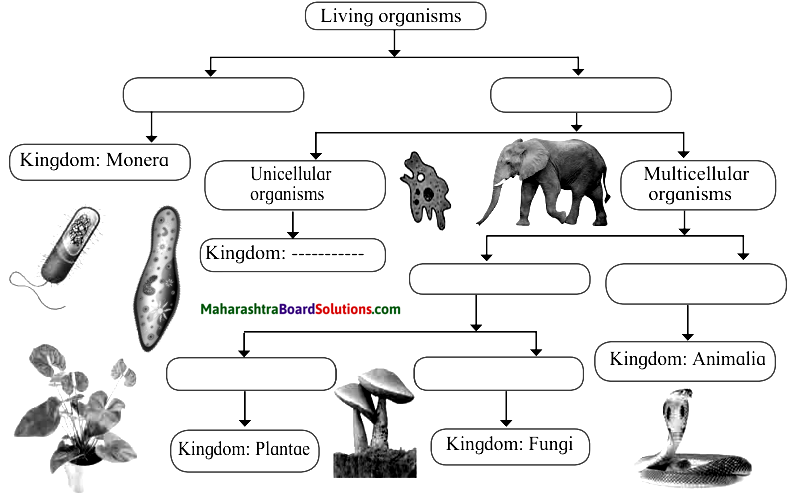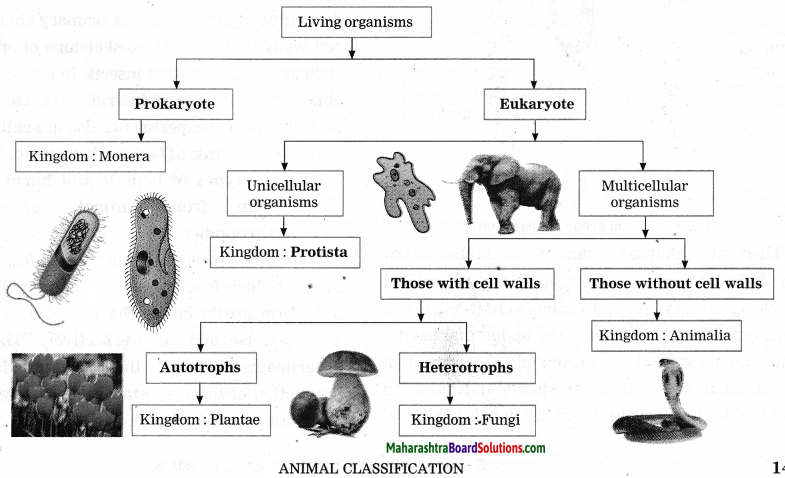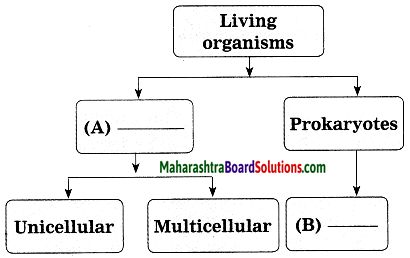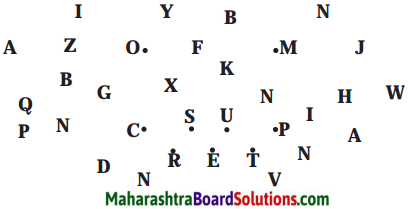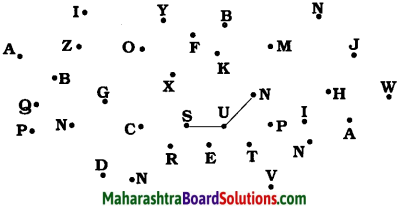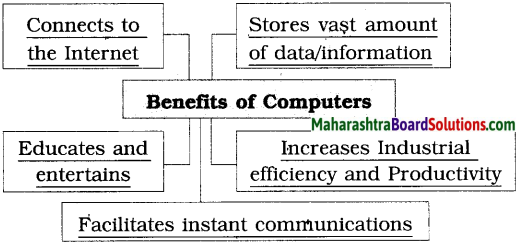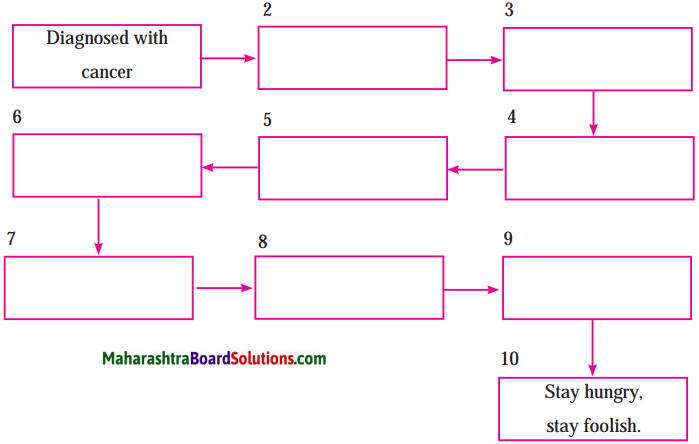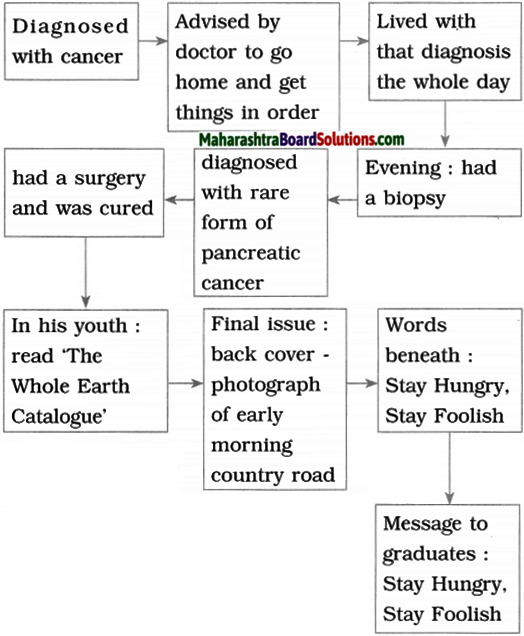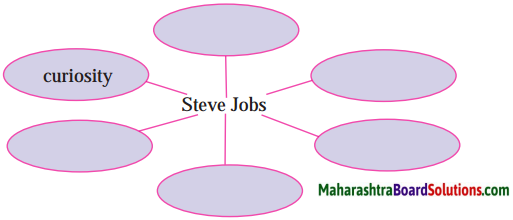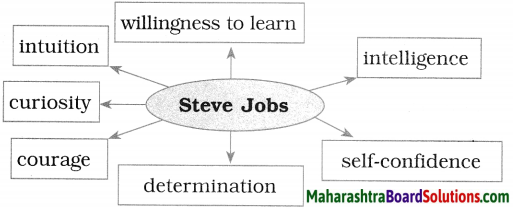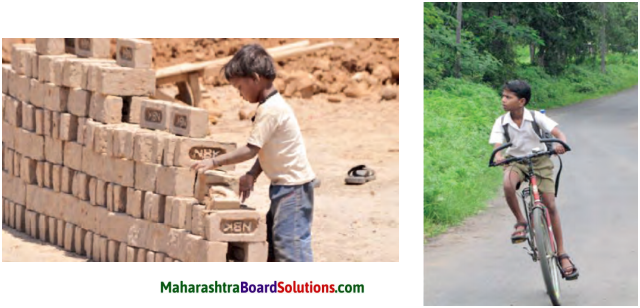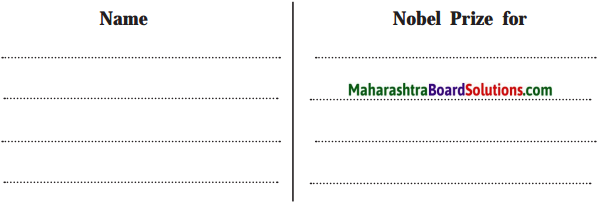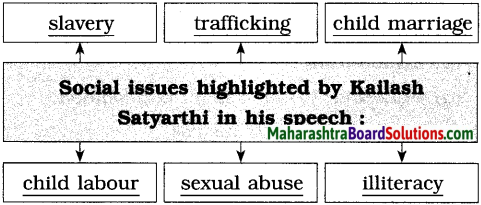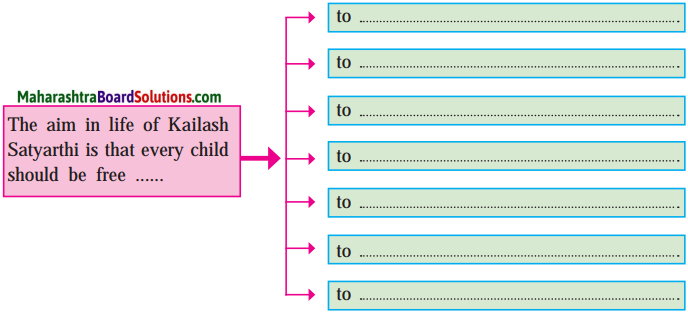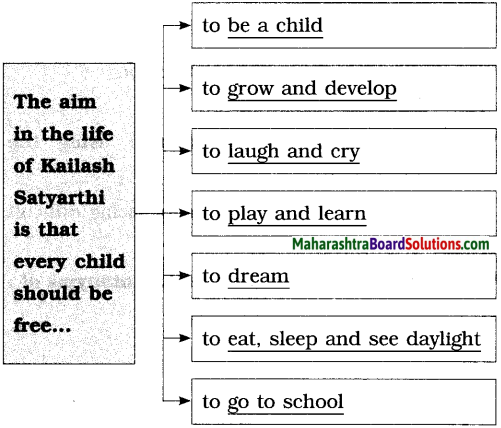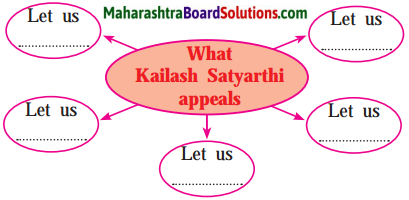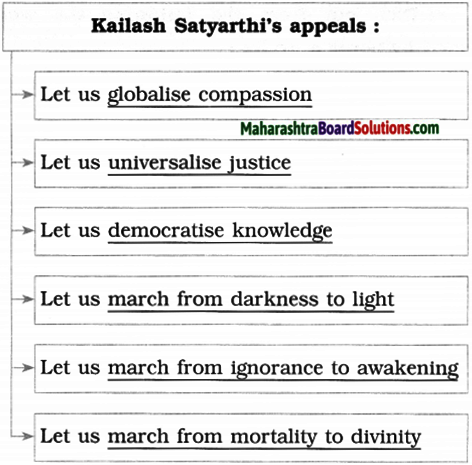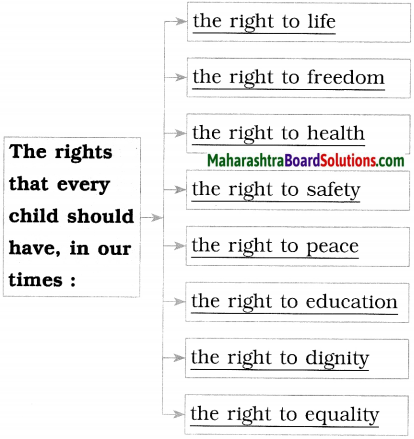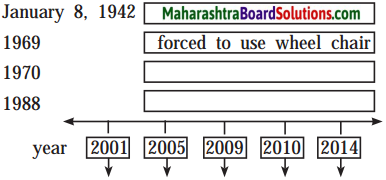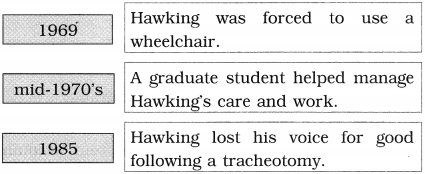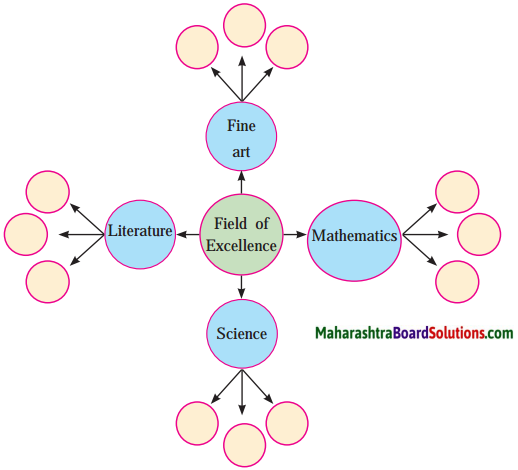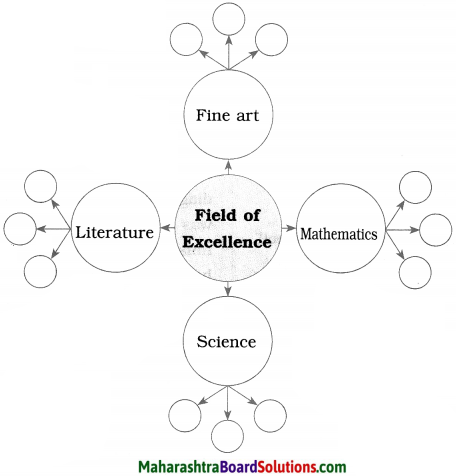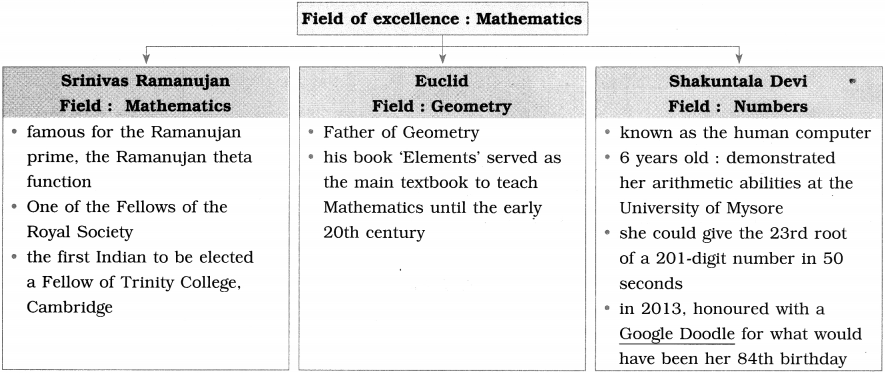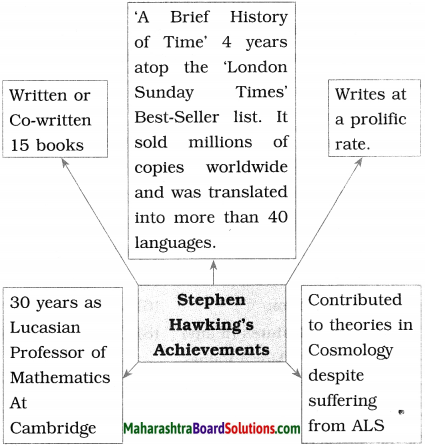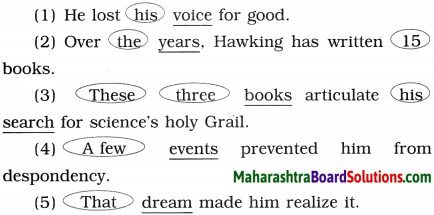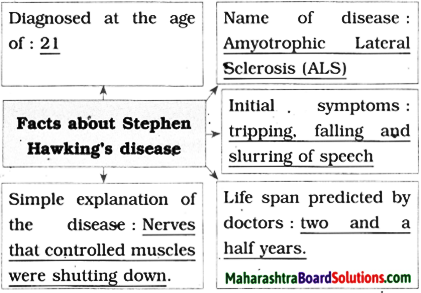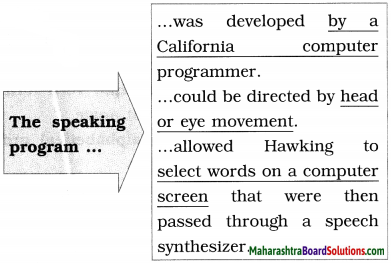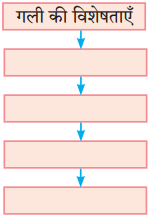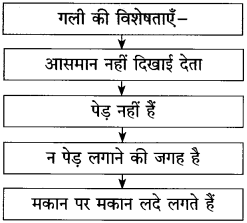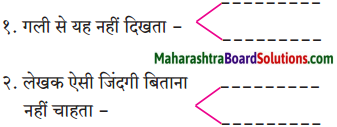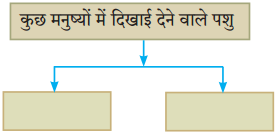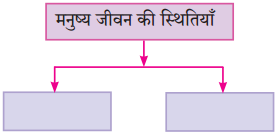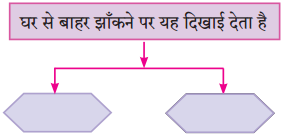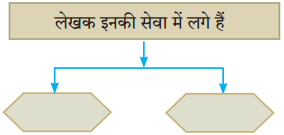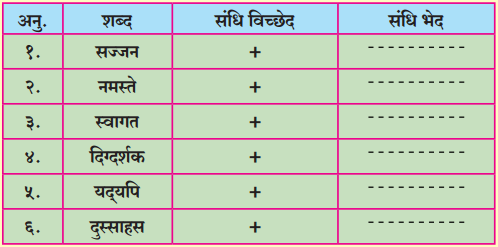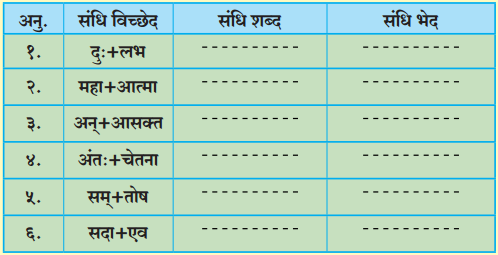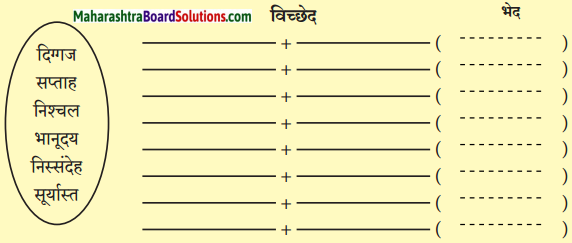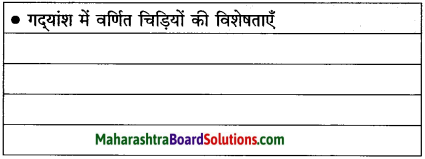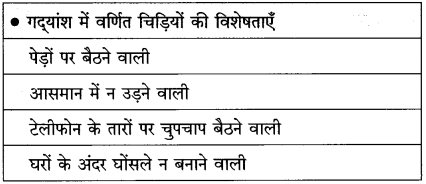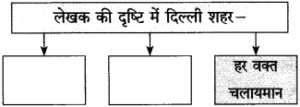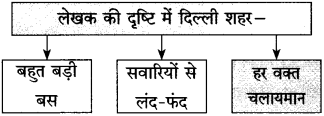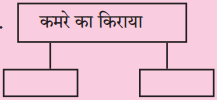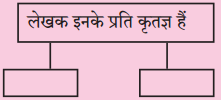Balbharti Maharashtra State Board Class 10 Science Solutions Part 2 Chapter 9 Social Health Notes, Textbook Exercise Important Questions and Answers.
Maharashtra State Board Class 10 Science Solutions Part 2 Chapter 9 Social Health
Question 1.
Fill in the blanks with appropriate word.
a. Laughter club is a remedy to drive away …………..
(a) stress
(b) addictions
(c) lethargy
(d) epidemics
Answer:
(a) stress
b. Alcohol consumption mainly affects …………. system.
(a) digestive
(b) respiratory
(c) nervous
(d) excretory
Answer:
(c) nervous
c. IT Act 2000 is to control the ……….
(a) housebreaking
(b) cybercrimes
(c) cheating
(d) pickpocketing
Answer:
(b) cybercrimes
![]()
Question 2.
Answer the following.
a. Which factors affect the social health?
Answer:
(1) In order to maintain the social health of any community there should be good amenities for the people. E.g. food, water, shelter, clothing, medicines and medical help, equal opportunities for education, cleanliness of the surroundings, transport facilities etc. should be properly provided.
(2) The social and political conditions of the surrounding should be such that there should not be any connections with world of criminals. The presence of such criminal ties can affect the social health to a great extent.
(3) The gardens, playgrounds, the empty plots for outdoor games, sports clubs, etc. are important criteria for overall development of the society. This results into personality development and make people happy and strong.
(4) Addictions, criminal tendencies, pervert behaviour and perverse thinking affects other people in the society and this reflects negatively on the social health.
(5) Having large number of friends and relatives, proper use of time when alone and when along the peer group, trust in others, respect and acceptance for others build stronger social health.
b. Which changes occur in persons continuously using the internet and mobile phones?
Answer:
- When a person continuously remains in contact with mobile phones, many physical problems can arise.
- Tiredness, headache, insomnia, forgetfulness, tinnitus, joint pains and problems in vision occur due to radiation emanating from the cell phones. For young children this is more disastrous as these radiations can penetrate through their bones.
- By logging into the internet for a long time, persons become solitary. Such individuals are unable to establish harmonious relations with relatives and other people around.
- They tend to become self-centred and selfish, They lose sensitivity towards others.
- Such people never take any social responsibility and the social health is thus disturbed.
c. Which problems does the common man face due to incidences of cybercrime?
Answer:
- The numbers of Aadhaar card, PAN card, credit or debit card are obtained by the cheaters. This is a cybercrime. The PIN number can be misused and the money can be withdrawn from the bank accounts. The looters withdraw cash from our accounts in this way.
- People can be cheated during online shopping.
- Fake account on Facebook is opened and false information is displayed on it. Through such accounts the girls are emotionally and financially exploited.
- Electronic media are misused for sending derogatory and vulgar messages, obscene pictxfres and provocative statements.
- Through the internet, hackers can send virus to crash someone’s computer or even mobile phones.
In all such different ways, common people can be victimized by cybercrime.
d. Explain the importance of good communication with others.
Answer:
- Nowadays, there is fierce competition, insecurity and criminal tendencies in the society.
- This kind of atmosphere is increasing mental and emotional stress.
- If the stress remains buried in the mind, persons are depressed or frustrated. This causes, mental disorders if not treated in time. Depression can lead to addictions. The suicidal thoughts hover in the mind. If at that phase we can open our heart by good communication, many problems can be solved.
- Help from counsellors can be taken to relieve the stress.
- By good communication with parents or family members harmonious relations can be re-established.
Question 3.
Solve the following crossword.
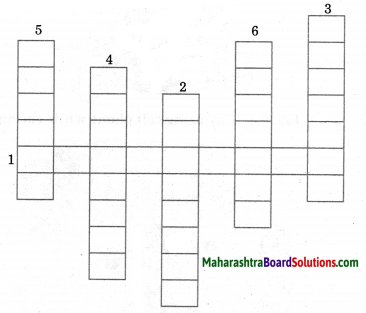
1. Continuous consumption of alcoholic and tobacco materials.
Answer:
Addiction
2. This app may cause the cybercrimes
Answer:
Facebook
3. A remedy to resolve stress.
Answer:
Singing
4. Requirement for stress free life.
Answer:
Goodfood
5. Various factors affect ……….. health.
Answer:
Social
6. Art of preparing food items.
Answer:
Cooking.
![]()
Question 4.
What are the various ways to minimize mental stress?
Answer:
The ways of stress-bursting are as follows:
(1) Laughter club: People gather together and laugh collectively to reduce stress.
(2) Good communication: One should establish good communication with friends, siblings, cousins, teachers, parents or anybody in whom we can confide and express our feelings.
(3) Writing: By writing and noting the thoughts we feel relieved. We can confess and analyse about our mistakes through writing to reduce our stress.
(4) Hobbies: Collecting curios, photography, reading good literature, music, cooking, gardening, bird watching, keeping a pet, sculpturing, drawing, rangoli, dancing, etc. are such hobbies which are necessary for utilizing our spare time by creativity. Persuading hobby is the best way to be stress-free. Music in particular is said to change the negative thoughts, therefore, listening to music, learning the music and singing helps to fight stress. By admiring nature too, stress is relieved.
(5) Outdoor games and physical exercise: By participating in the sports, there are various benefits such as physical exercise, improving discipline, interaction with others and creating the tendency of unity, becoming more social and reduce stress.
Question 5.
Give three examples of each.
a. Hobbies to reduce stress.
Answer:
- To listen to music
- Bird watching and nature trails
- Reading good books.
b. Diseases endangering the social health.
Answer:
- AIDS
- Tuberculosis
- Leprosy.
c. Physical problems arising due to excessive use of mobile phones.
Answer:
- Headache
- Vision problems
- Joint pains.
d. Activities under the jurisdiction of cybercrime laws.
Answer:
- To do bank transactions by procuring PIN number of somebody.
- Misuse of written material of someone or illegal sale of the same.
- Hacking the information of government institutes and companies.
![]()
Question 6.
What will you do? Why?
a. You are spending more time in internet/mobile games, phone, etc.
Answer:
In life, the time once spent never returns back. We therefore must use our time for studies, exercise or outdoor games and some entertainment. In the free time, we must also help our parents in house hold work. But if we are spending hours together on surfing the net without any perfect aim or playing the computer or cell phone games it is total waste of time.
There are many inappropriate sites on the internet, which should not be watched. This causes stress. Continuous use of mobile phone and being hooked to the social media slowly becomes an addiction. If these bad habits are creeping in us, we must try to leave the habits by conscious change.
b. Child of your neighbour is addicted to tobacco chewing. (July 2019)
Answer:
The hazards of tobacco chewing will be explained to this child. Different photographs and videos showing the conditions of oral cancer will be shown to this child to persuade him, so that he can stay away from tobacco. This addiction has to be removed, so help of his parents will be taken. They will be told about the child’s habit and asked to help ? him free from his addiction.
c. Your sister has become incommunicative. She prefers to remain alone. (July 2019)
Answer:
The individual who prefers to be incommunicative has lots of thoughts in his/her mind. If this is the case with sister, she will be taken into confidence and the reason behind this lack of communication will be found out. Most often such persons have depression. So she will not be left alone. Her friends will be invited at home, so that she can converse with them. She should be motivated to mix with her favourite people. She should be encouraged to pursue her hobbies. She should be helped in selecting such work, If nothing changes her, then the help of counsellor should be taken.
d. You have to use free space around your home for good purpose.
Answer:
The free space around our home can be used to make a small garden. The garden-soil can be bought and spread in this free space. Small saplings can be planted here and nurtured for further growth. Nursery of saplings can also be started in this free space.
The space can also be used for outdoor games. The net for Badminton can be fixed and evening times can be spent in playing the game. Also care will be taken to keep the space clean and without any garbage.
e. Your Mend has developed the hobby of snapping selfies. (July 2019)
Answer:
The habit of continuously taking selfie is bad. It shows that the friend is constantly thinking of himself only. His self-centredness is to be removed by counselling him. The reason behind this behaviour should also be understood. He should be diverted and motivated to take some other tasks so that his habit can be lessened. Taking selfies is not a hobby. It is a bad habit if someone is repeatedly engaged in it.
f. Your brother studying in XII has developed the stress.
Answer:
The syllabus for class XII is vast. If the studies are not taken seriously from the beginning of the academic year, then the stress develops due to the fear of examination and result. Therefore, instead of being stressed, he should practise time management and study schedule. He should think of only one subject at a time. The atmosphere in the house should be maintained happy and tension-free. Everybody in the house should interact with him so that he gets a feeling that he is not alone. He should be convinced, “study is for you and you are not for study”.
Question 7.
What type of changes occur in a home having chronically ill old person? How will you help to maintain good atmosphere?
Answer:
If there is a chronically ill old person in the house, the entire atmosphere of the house changes. There is tension and grief in the house. Doctor’s visits to the house become routine. The ill person’s diet and medicines are strictly followed.
In such times, everybody in the family should contribute to the work of taking care of the patient. We can help in bringing medicines. We can sit beside the patient during night time. We should maintain pleasant atmosphere in the house. We should help the person who is burdened by the duties towards the sick patient by helping in whatever little ways that we can.
Project: (Do it your self)
Project 1.
Enlist various factors affecting the social health in your residential area. Decide the necessary changes to correct the situation and implement those changes.
![]()
Let’s Think: (Text Book Page No. 101)
Question 1.
Elders always instruct you to get out of the home to interact with relatives and others and play outdoor games but not to spend time continuously with television, phone and internet. Why the children of your age are instructed same in each home?
Answer:
When we interact with the relative, it becomes easier to mix with other strangers later. The personality moulds when we talk and interact with different people. We can exchange the thoughts. We learn to converse in a rightful way. When we go to playground and take part in outdoor games, we get health benefits. Sitting at home and spending productive time in just mobile or computer games, does not benefit in any way.
Most of the serials on the television are of no use for any kind of personality development, instead they push us in a virtual world. Except for few channels like National Geographic and Animal Kingdom, we do not get any knowledge by television viewing.
The elders in the house are experienced people. They understand ‘what is good’ and ‘what is to be avoided’. They are also genuinely concerned about bright future of the youngsters in the house. By giving instructions to the youngsters, they never get benefitted but it is our generation that gets proper guidance. These instructions should be followed for a perfect personality and bright future.
Think: (Text Book Page No. 103)
Question 1.
Whether the incidence shown in the following picture is rational? Express your opinion.
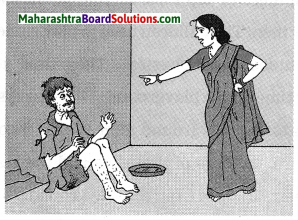
Answer:
In the picture is seen a woman asking the beggar to move away. The beggar looks dirty and sick. In one way, the picture looks proper as the beggar may be causing inconvenience to the people in that house. He is unhygienic and may spread the- infection. But from the humanitarian point of view, he may be needing help. He may be starving. He may be sick. In such a case, Jie should be given food and help.
However, if he is a drug addict the police should be called and person should be transferred immediately. From the picture, the exact condition of the man is not clearly understood and hence, the exact opinion about the rationality of the incidence cannot be made.
Observe: (Text Book Page No. 103)
Question 1.
Two caricatures presenting the situations of the year 1998 and 2017 about playing on playground are given below. Observe those caricatures. Express your opinion about arising of such different situations.
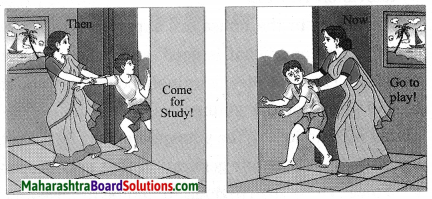
Answer:
In 1998, the technology was not so much advanced as it is today. In every house, there were no computers or laptops. Mobile phones were not popular then. The children used to play games which were outdoor and physical. They used to spend quality time on the playground. They always wanted to rush to the playground after their school hours. Therefore, mothers of that time had the task to get back their children from the playground.
By 2017, the situations and the social and technological change became enormous. The constant growth of the cities also experienced the rising construction. This too resulted in loss of playgrounds. After school time, children started spending their time in mobile and computer games. The parents also became financially well-off and started providing all the amenities to the children.
Due to the internet and the computer at home, the children got hooked to these electronic media. They started spending all the available time in virtual games, Facebook, what’s app and other social media. Thus mothers, of recent times had to force their children out of the house, at least for some time, so that they can play physical games.
Two caricatures presenting the situations of the year 1998 and 2017 about playing on playground show the tremendous social change that has undergone in our society.
![]()
Observe: (Text Book Page No. 104)
Question 1.
Observe the images below. Is it rational? Why?

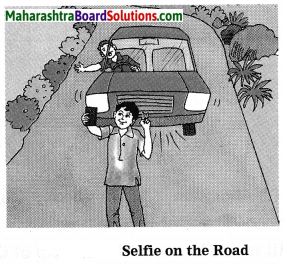

Answer:
In the above three pictures three incidences are shown. In the first picture (Fig. 9.3), the boy who is taking his lunch is shown. He is busy with his mobile while having his food. In second picture (Fig. 9.4), a young man is taking selfie while standing in the busy road. He is not aware of the approaching car too. In the third picture (Fig. 9.5), some men are taking pictures of the accident that has recently happened. The person is injured and bleeding. But these men-are busy in photographing him.
All the three pictures are showing irrational and improper behaviour. We should respect the food while eating. We should eat in a disciplined way. Standing in the middle of the road and taking selfie is like inviting the mishap. Selfie taken in such circumstances usually results in an accident. In the last picture, the sensitivity and the humanity to save the victim is lacking. If the victim is immediately rushed to hospital, his life can be saved. Instead of helping the victim if people are engrossed in taking pictures, then it is absolutely wrong.
Choose the correct alternative and write its alphabet against the sub-question number:
Question 1.
Our ……… has been changed to some extent in the age of technology.
(a) lifestyle
(b) habit
(c) circumstance
(d) passion
Answer:
(a) lifestyle
Question 2.
………… influence is stronger in case of adolescents.
(a) Teacher’s
(b) Father’s
(c) Relative’s
(d) Peer group
Answer:
(d) Peer group
Question 3.
Tobacco containing substances has ……….. effect on mouth and lungs.
(a) acidic
(b) alkaline
(c) carcinogenic
(d) neutral
Answer:
(c) carcinogenic
Question 4.
Persons continuously using computers and the internet become …………..
(a) courageous
(b) timid
(c) solitary
(d) criminal
Answer:
(c) solitary
![]()
Question 5.
…………. has been newly launched in Police Department.
(a) Cybercrime unit
(b) Women protection unit
(c) Senior citizen care unit
(d) Forensic unit
Answer:
(a) Cybercrime unit
Question 6.
…………. helps to improve concentration in the studies.
(a) Eatables
(b) Meditation
(c) Hobbies
(d) Sports
Answer:
(b) Meditation
Question 7.
Hobbies like rearing pet animal helps to create a …………..
(a) positive mindset
(b) negative attitude
(c) wealth
(d) concentration
Answer:
(a) positive mindset
Find the odd one out:
Question 1.
Transport facilities, Social security, Counselling, Toilets.
Answer:
Counselling. (All others are factors affecting social health. Counselling is the positive measure for mental health.)
Question 2.
Aadhaar card, PAN card, Greeting card, Credit card.
Answer:
Greeting card. (All others are important cards of personal use.)
Question 3.
What’s app, Instagram, Facebook, Textbook.
Answer:
Textbook. (All others are social media.)
Question 4.
Tobacco, Laughter club, Alcoholism, Drug abuse.
Answer:
Laughter club. (All others are addictions.)
Find out the correlation:
Question 1.
Movement against tobacco : Tata trust : : Education of slum children : …………..
Answer:
Movement against tobacco : Tata trust : : Education of slum children : Salaam Mumbai Foundation
Question 2.
Addictive substances : Drugs : : Carcinogenic (Cancer causing) substances : ………..
Answer:
Addictive substances : Drugs : : Carcinogenic (Cancer causing) substances : Tobacco
Question 3.
Radiations from cell phones : Headache : : ………….. : Hindrance to the brain development.
Answer:
Radiations from cell phones : Headache : : Alcoholism : Hindrance to the brain development.
![]()
Select the two options in the ‘B’ group related to ‘A’ group:
Question 1.
| ‘A’ Group | ‘B’ Group |
| (1) Salaam Mumbai Foundation | (a) Work against alcoholism |
| (b) Freedom from tobacco | |
| (c) Laughter club | |
| (d) Help to improve student’s lifestyle |
Answer:
(1) Salaam Mumbai Foundation – (b) Freedom from tobacco (d) Help to improve student’s lifestyle.
Give scientific reasons:
Question 1.
Nowadays school going children suffer from mental stress.
Answer:
- These days children stay in nuclear families. Due to need for earning and also due to her career choices, mother of the house is also away for long period of time.
- The grandparents or other elders are not in the home. This makes the children alone in the house.
- At school and during studies, there is fierce competition. The modern technology like internet or mobile phones are luring the children away from their regular exercises or outdoor games.
- The wrong kind of peer pressure introduces addictive substances at the young age.
- There is insecurity in the outside world for the young children.
These facts create emotional burden on the young minds and thus they suffer from mental stress.
Question 2.
Girls are facing the problem of stress due to such gender inequality.
Answer:
- In most of the households there are many bindings on girls and excessive freedom for boys.
- Boys do not participate in the domestic duties whereas girls have compulsion for the same.
- In society too, girls have to face the problems like teasing and molestation.
- This creates insecurity among the minds of girls.
- The social change has made women independent and equal but still the male dominated society and the gender inequality persists causing more stress for young girls.
Question 3.
Consuming liquor is always bad.
Answer:
- When the liquor is produced from alcohol wrong processes can be carried out which makes the liquor highly toxic.
- It may cost the life too. Due to alcohol in the liquor, there is directly effect on the nervous system and especially on the brain.
- Other vital organs such as liver and kidneys are harmed due to alcohol.
- The lifespan of person decreases due to alcoholism.
- In students, the brain functioning is affected and the ability to memorize and think rationally is lost. The learning process becomes slow.
- Due to all these effects, there is social, mental and familial problems in the society. Therefore, consuming liquor is always bad.
Question 4.
We need to keep the PIN number of the debit card secret.
Answer:
- Debit card is used to withdraw our money from the bank account.
- During withdrawal, we have to use our PIN number.
- If this PIN number is known to anybody, he or she can withdraw all our money and loot us.
- Therefore, to prevent such financial loss, we have to keep the PIN number of the debit card secret.
Question 5.
Importance of outdoor games is unparalleled.
Answer:
- Outdoor games give good physical exercise. These games give many physical benefits.
- It improves personal discipline, interaction with fellow players and created sense of unity.
- Through play by driving away the loneliness, mental stress and depression is reduced.
- The person becomes more social.
- Therefore, it is said that the importance of outdoor games is unparalleled.
Answer the following questions:
Question 1.
What is alcoholism? What are its effects?
Answer:
- Alcoholism is the addiction to have alcohol in the form of different types of liquor. Liquor is produced from alcohol. Alcohol is in turn obtained by fermentation of different substances.
- Consuming liquor becomes an addiction for a long-term. Due to alcohol, the efficiency of nervous system and especially the brain is affected.
- Other vital organs such as kidneys and liver are adversely affected.
- Lifespan of an alcoholic decreases due to constant drinking and malnourishment.
- Especially in adolescent age if alcohol is consumed the brain functioning does not take place properly. The mental ability of memorization and learning becomes slow. There is lack of concentration in studies.
- The alcoholic person lacks the rational thinking and hence faces with social, mental and familial problems along with physical illness.
![]()
Question 2.
How the excessive use of social media and technology is proving harmful?
Answer:
Excessive use of social media and modem technology is disturbing the social health. It is also affecting physical and mental health. Increase in cybercrime take place. People waste their time by watching useless and obscene material. Violence develops by watching few weird cartoon serials. Dependency on machine rises and persons lose self-reliance.
Question 3.
Explain the importance of exercise, yoga and meditation.
Answer:
- Exercise, yoga and meditation are the ways to reduce mental and physical stress.
- In yoga various asanas and pranayama are performed. It also includes good food and discipline of the body and mind.
- Deep breathing, yogic sleep can help in the building up health.
- Meditation helps in concentration and brings positivity to the mind. Especially, the students increase the concentration in the studies.
Write short notes on the following:
Question 1.
Cybercrimes.
Answer:
- No personal information should be shared on the phone, especially the details of bank account, Aadhaar card, PAN card, credit card or debit card number, etc. Cheating persons by using this information is a greatest cybercrime.
- If PIN of any debit or credit card is known to a stranger, he or she can make fraudulent transactions.
- The PIN number and CVV number should be kept total secret. Otherwise, the bank transactions, are done using PIN without the knowledge of consumers.
- In on-line purchases, many a times consumers are cheated. In this, the consumers are shown superior items on websites but actually the inferior ones are sold to them.
- ‘Hacking of information’ is done by some programmers in which the confidential information about government, institutes and companies is obtained from internet with the help of computer programs.
- Fake Facebook accounts are opened and false information is displayed there. This is for harassing girls or financially exploiting others.
- In internet piracy, written literature, software, photos, videos, music, etc. of other persons are misused or illegally used.
Misuse of electronic media sending derogatory messages, spreading vulgar pictures and provocative statements is also a cybercrime. Very rapid exchange of information through media like email, Facebook and Whatsapp takes place these days. But we have to take care about leaking of our own important information.
However, when our personal information and phone numbers are automatically spread and reached to fraudulent people, then they commit malpractices which can hinder the function or shut of the cell phones or computers. All these are cybercrimes which are also indicative of mental health.
Question 2.
Addiction.
Answer:
(1) In adolescent age group, there is tremendous pressure of peers. This peer-group influence can be at times wrong, if the friends are not good. Instead of following advice of parents, the adolescent girls and boys tend to listen to the wrong advices of their friends.
(2) Due to lack of parental supervision, children in their early age start using tobacco, cigarette, gutkha, alcoholic drinks, drugs, etc. This may be due to peer-pressure.
(3) The children fall into the trap of addictions either due to peer-group pressure or due to false
symbol of high standard living. Sometimes they try to imitate their elders.
(4) The addictive substances are hazardous, and they cause long term effects. Some are temporarily intoxicating substances obtained from the plants. While some of the chemical ingredients in them can permanently damage the human nervous system, muscular system, heart, etc. Some tobacco like substances Eire carcinogenic in action especially on the mouth and lungs.
Complete the paragraph by choosing the appropriate words given in the bracket:
Question 1.
(lungs, heart, carcinogenic, nervous, intoxicating, hazardous, addictions, peer-group)
The children fall into the trap of …………. either due to ……….. pressure or due to false symbol of high standard living. Sometimes they try to imitate their elders. The addictive substances are ………….., and they cause long term effects. Some are temporarily ………… substances obtained from the plants. While some of the chemical ingredients in them can permanently damage the human ……… system, muscular system, …………, etc. Some tobacco like substances are ………. in action especially on the mouth and ………….
Answer:
The children fall into the trap of addictions either due to peer-group pressure or due to false symbol of high standard living. Sometimes they try to imitate their elders. The addictive substances are hazardous, and they cause long term effects. Some are temporarily intoxicating substances obtained from the plants. While some of the chemical ingredients in them can permanently damage the human nervous system, muscular system, heart, etc. Some tobacco like substances are Carcinogenic in action especiailly on the mouth and lungs.
Paragraph based questions:
1. Read the paragraph and answer the questions given below:
Social health involves your ability to form satisfying interpersonal relationships with others.
It also relates to your ability to adapt comfortably to different social situations and act appropriately in a variety of settings. Spouses, co-workers and acquaintances can all have healthy relationships with one another. Each of these relationships should include strong communication skills, empathy for others and a sense of accountability. In contrast, traits like being withdrawn, vindictive or selfish can have a negative impact on your social health. Overall, stress can be one of the most significant threats to a healthy relationship. Stress should be managed through proven techniques such as regular physical activity, deep breathing and positive self-talk.
Questions and Answers:
Question 1.
How can you be socially healthy?
Answer:
If one has ability to form satisfying interpersonal relationships with others, he or she can be socially healthy. In all social situations and settings there should be appropriate behaviour.
Question 2.
Which qualities are needed for having good social contacts?
Answer:
Strong communication skills, empathy for others and sense of accountability are the qualities needed for having good social contacts.
Question 3.
Which traits have negative impacts on social health?
Answer:
Being withdrawn, vindictive or selfish, and stressed out personality has negative impacts on the social health.
![]()
Question 4.
What are the stress management techniques?
Answer:
Regular physical activity, deep breathing and positive self-talk can be the simple stress management techniques.
Question 5.
What is the significant threat to social health of an adolescent in your opinion?
Answer:
General stress, addictions, wrong peer pressure, too much screen time, lack of parental care are threats to social health of an adolescent.
Activity based questions:
Question 1.
Fill in the boxes with the help of the given clue: (March ’19)
Continuous consumption of alcohol and tobacco material …………
![]()
Answer:
ADDICTION
Question 2.
Observe the pictures and answer the questions. (March’19)
(a) Playing games on mobile while eating is right or wrong. Justify.
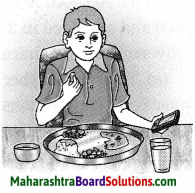
Answer:
The boy taking his lunch is shown in the adjoining picture. He is busy with his mobile while having his food. His nutrition may affect due to such behavior.
(b) What do you conclude from the following picture?
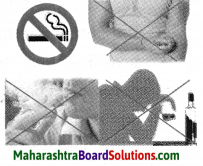
Answer:
Cigarette contains carcinogenic nicotine. It should never be smoked. Similarly, always stay away from addictions such as drugs, alcohol, gutkha, etc. The pictures give message for control of addictions.
(c) Observe the following picture and state what can be the outcome?
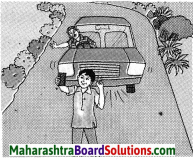
Answer:
In picture, a young man is taking selfie while standing in the busy road. He is not aware of the approaching car too. This may cause an accident.
Question 3.
Complete the following:
Concept-diagram using factors harming the social health and based on it, answer the following questions :
(i) Tobacco products can be included in which of those factors?
(ii) How the tobacco products are harming the social health?
Answer:
(Answers are given in bold.)
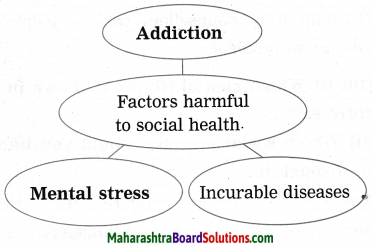
(i) Tobacco products are included under addiction.
(ii) Tobacco is carcinogenic product. By its consumption personal and social health is affected on a large scale. Spitting tobacco anywhere is also common practice among tobacco chewers. This too affects public hygiene and cleanliness.
Question 4.
(9) Observe the following figure and answer the given questions: (Board’s Model Activity Sheet)
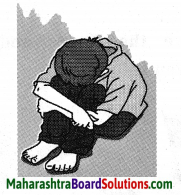
(a) What does this picture given in the textbook indicate?
(b) Explain any two causes for this problem.
(c) Describe any two measures to eradicate this problem.
Answer:
(a) Given picture indicates that person is suffering from mental problem. He is under sever depression and frustration. Person may be using the drugs.
(b) Causes of this problems are as under:
- Nuclear families and working parents.
- Poverty, divided family and unemployment. Addiction is major cause of this problem.
(c) Measures to eradicate this problem:
- By good communication with parents or family members harmonious relation can be re-established.
- Help from counsellors can be helpful to minimize the problem.
![]()
Question 5.
(i) Which mental illness is shown in the picture 9.5?
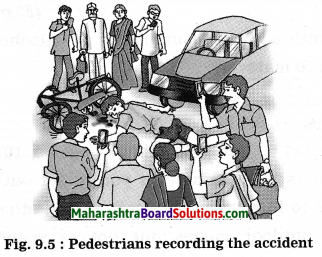
(ii) Which social message would you like to give through it.
Answer:
(i) The picture (figure 9.5) shows ‘insensitivity’, which is a type of human nature.
(ii)
- Instead of shooting the accident the victim should be given first aid.
- Call on 100 and 108 and seek immediate help from police and ambulance.
- Disperse the crowd and try to save life of victim by giving CPR.
Question 6.
Write, which is an inappropriate action in the picture 9.5? (Board’s Model Activity Sheet)
Answer:
The picture shows lack of sensitivity and responsibility.
Question 7.
Observe the figure and answer the questions given below.

(a) What do these figures indicate?
(b) Which gadgets can be misused for these?
(c) Give two examples of such events.
(d) Name the act amended by Government of Maharashtra to control such events.
(e) What care should be taken by a person to avoid such events?
Answer:
(a) The above figures indicate different types of cybercrime.
(b) The gadgets that are usually used for cybercrime are internet connected computers, cell phones, ATM machines, debit and credit cards, etc. Also using aadhar and PAN cards of others.
(c) (1) Bank transactions are done without the knowledge of the account holder by stealing necessary numbers or pass codes. (2) By opening the fake accounts of social media and deceiving girls, harming them psychologically by teasing them. (3) Deceiving customers by showing superior options on the internet and providing inferior ones when bought. In online shopping many may be cheated in this way.
(d) IT Act-2000 is the act enacted since 17th Oct. 2000 and amended in 2008 that has been imposed by Government of Maharashtra to control cybercrimes.
(e) To prevent cybercrimes, one has to keep vigil over bank transactions. Never reveal any details on the phone. The ATM pin number and PAN or AADHAR details should not be revealed to anyone. While at ATM machines, the pin number should be covered. Always log out from the internet after the work is over.
![]()
Projects:
Project 1.
Observe and Discuss: Observe the chart given on textbook page 101. Discuss about the relationship of various factors shown therein with the social health. (Textbook page no. 101)
Project 2.
Try This! (Textbook page no. 101) Classify your classmates into following groups depending upon the observation for a week.
1. Highly interactive.
2. Occasionally interactive.
3. Non-interactive
Make a list of the friends of each of the above three group members and also mention the group to which you belong.
Project 3.
Compare: (Textbook page no. 103) Distribute the 24 hours of your daily routine as per various duties you have observed. Make two categories as time spent on your health and time spent on other responsibilities and compare both the categories.
Project 4.
Internet is my friend: Visit the website www.cyberswachhtakendra.gov.in
